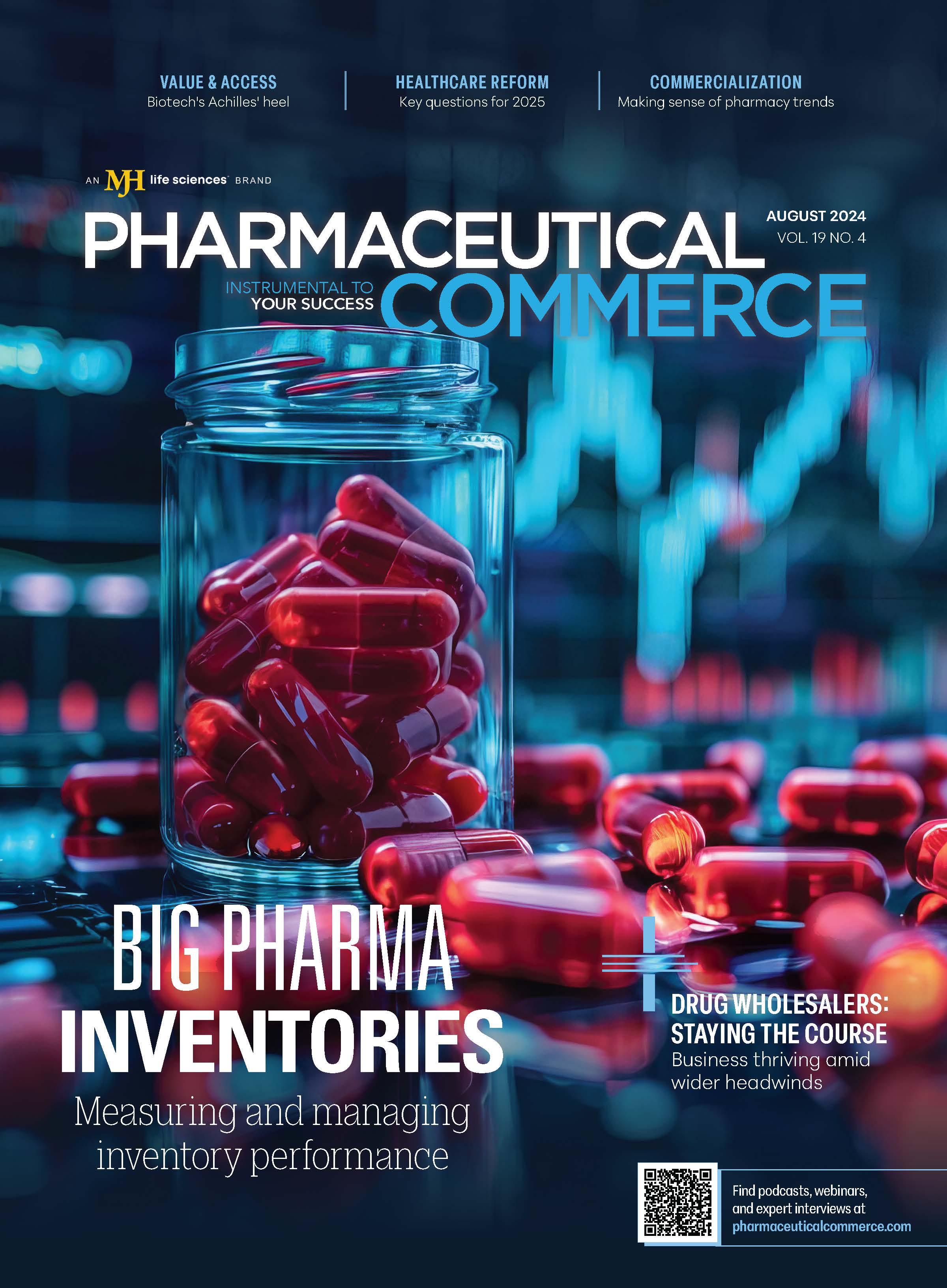Pharmacy Deserts are Becoming a National Problem
A lack of access could shut out patients in need of maintenance drugs for complex conditions.

Do you live in a pharmacy desert? It’s got nothing to do with climate change, unless you mean the economic climate. A pharmacy desert is a geographic area—a neighborhood, town, or county where some or even all of the pharmacies have closed, leaving residents to travel long distances to fill a prescription or get advice on use of medicines and other health-related issues.
There was a time when chain pharmacies bragged about the number of stores they were opening, and pharmacy deserts were a problem in a few rural areas. That has changed. More than 7,000 US pharmacies have closed since 2019;1 on average, one pharmacy closes every day across the country.2
Urban areas, rural areas—even whole counties—are seeing pharmacies disappear. And with them goes access to drugs, vaccines, health advice, and more. More than 40% of all US counties are considered pharmacy deserts, per research from drug marketplace GoodRx.3
Lack of access to a pharmacy means that people who take maintenance medications for complex conditions are more likely to stop taking them. That costs the US healthcare system a lot of money—an estimated 16% of total US healthcare spend.4 Lower adherence to medication regimens leads to a higher incidence of acute care episodes (i.e., diabetic ketoacidosis) and ultimately a higher incidence of complications from chronic conditions, resulting in higher healthcare costs. Since the contributing economic factors are typically worse in poor urban and rural areas, these closures impact poor communities disproportionately.
What’s creating pharmacy deserts?
The list of factors driving the wave of pharmacy closures is a long one. Many are related to the economy. These include:
- Increased overhead driven by inflation.
- Labor cost inflation for pharmacists and physician assistants.
- Economic pressure on consumers and their subsequent pullback.
- Competition for non-pharmacy items from big box/online stores.
- Theft, partly in response to economic conditions.
But by far, the biggest factor has been relentless pressure by pharmacy benefit managers (PBMs) to lower reimbursement for prescription drugs. PBMs select which pharmacies will be in-network for insurers. The three largest PBMs—ExpressScripts, owned by Cigna; CVS Caremark, owned by CVS Health; and OptumRx, owned by the same company as UnitedHealthcare—control a majority of the market. Patients pay less when they buy their medicines at in-network pharmacies. PBMs also set the reimbursement pharmacies get for dispensing a prescription. As PBMs have consolidated, they’ve used their market power to lower reimbursements to the point that 80% of the time reimbursement to the pharmacy is less than it paid to stock the medicine.5
Adding the financial stress of the above economic factors to PBM-imposed hardships is what has driven a wave of pharmacy closures across the country, creating pharmacy deserts in the process.
Can the situation be solved?
One of the most obvious fixes for this problem would be for the FTC and DOJ to take action against PBMs for using their market power to deny pharmacies, particularly out-of-network pharmacies, reasonable reimbursement for the medicines they sell.
In addition, PBMs should be required to be transparent in reporting the rebates and other payments they receive from drug manufacturers in exchange for placing their products on formularies, and to explain where those rebates go.
The bottom line is that if nothing is done to stop PBM policies from driving pharmacies out of business, even you could find yourself living in a pharmacy desert.
About the Author
Michael Abrams is a managing partner at Numerof & Associates.
References
1. Murphy, T.; Pananjady, K. As Pharmacies Shutter, Some Western States, Black and Latino communities are Left Behind. AP. June 3, 2024. https://apnews.com/article/pharmacy-closure-drugstore-cvs-walgreens-rite-aid-91967f18c0c059415b98fcf67ad0f84e
2. Le Coz, E. High Drug Prices and Pharmacy Deserts: Protesters Blame Drug Middlemen, Demand Regulation. USA Today. May 17, 2024. https://www.usatoday.com/story/news/investigations/2024/05/17/pbm-practices-spark-outrage-and-protests-outside-express-scripts/73732395007/
3. Pisikian, K. How Pharmacy Deserts Impact Communities. March 30, 2022. GoodRx Health. https://www.goodrx.com/hcp-articles/providers/pharmacy-deserts
4. Watanabe, J.H.; McInnis, T.; Hirsch, J.D. Cost of Prescription Drug-Related Morbidity and Mortality. Ann Pharmacother. 2018. 52 (9), 829-837. https://pubmed.ncbi.nlm.nih.gov/29577766/
5. Knox, R.P.; Gagneja, D.; Kraschel, K.L. Independent Pharmacies Gain Unanimous Victory in Recent US Supreme Court Case. JAMA Health Forum. 2021. 2 (2). https://jamanetwork.com/journals/jama-health-forum/fullarticle/2777061
